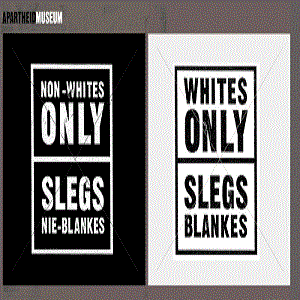What Is Apartheid And How Did It End

The history of South Africa in the 20th century is heavily dominated by the apartheid period. The period has come to be known as the dark age of the country where racial prejudice was at its highest and a great part of the population suffered great atrocities. The term ‘apartheid’ means the ‘status of being apart’ where the white part of the population treated the blacks as inferior beings. The effect of Apartheid can still be observed in the South African culture and it is taking the country great efforts to reel from the harm it did to social cohesion, unity and equality. This period was also a great lesson foe the world to promote equality among all races and ethnicity and is an encouraging story for those fighting for equal rights. Our step by step guide has the detailed information on the nature of Apartheid and how it was brought to an end.
Instructions
-
1
The majority of the population in South Africa was black while Whites consisted of a small percentage. However, in the elections of 1948, a white dominated political party known as National Party came into power through a coalition. The national party soon passed a number of legislation and laws aimed at segregating the different races that existed in South Africa according to their skin complexion.
-
2
The residential areas were segregated according to skin tones. Blacks were forced to relocate their homes and settle in black dominated area, segregated from the Whites. They were required to carry a pass to prove their nationality. The segregation did not end here. Hospitals, schools, parks, beaches and even benches were segregated. The education system reserved for the blacks aimed at preparing them for the labor class and not for any high standards. Blacks were also excluded from voting rights. Inter- racial marriages and friendships were also discouraged.
-
3
The discriminatory laws developed great internal resistance in the country. However, the government kept brutally suppressing any resistance that the locals came up with. A political party known as African National Congress was at the forefront of such protest. It was led by the famous Nelson Mandela who spent two decades of his life in prison for the cause. Protests were initially non-violent. However, by late 1970’s the patience level had dropped down and the nature of the protests turned violent. International pressure on the government to end apartheid also increased with trade and arm embargoes. Finally in the elections of 1994, the African National Congress won and Mandela was sworn in as the president. This formally marked the end of apartheid.






